Optimal Timing for Masonry Services
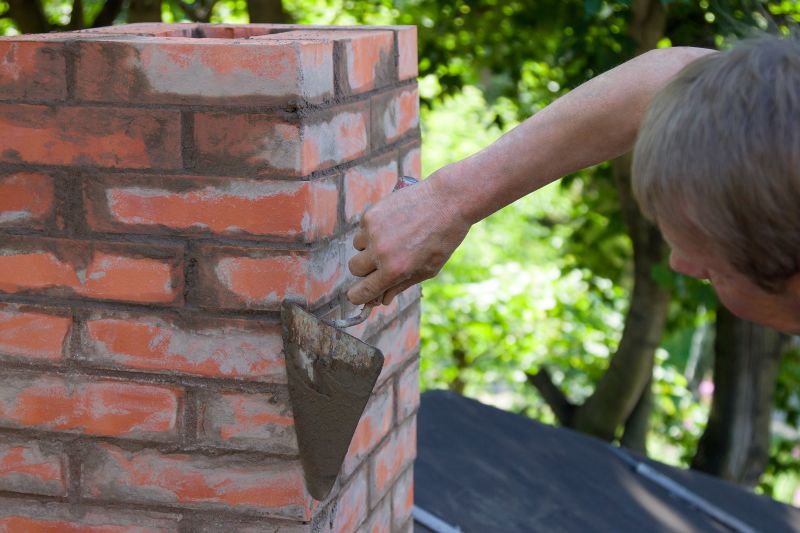
Spring offers moderate temperatures ideal for masonry projects, reducing the risk of cracking caused by extreme weather.
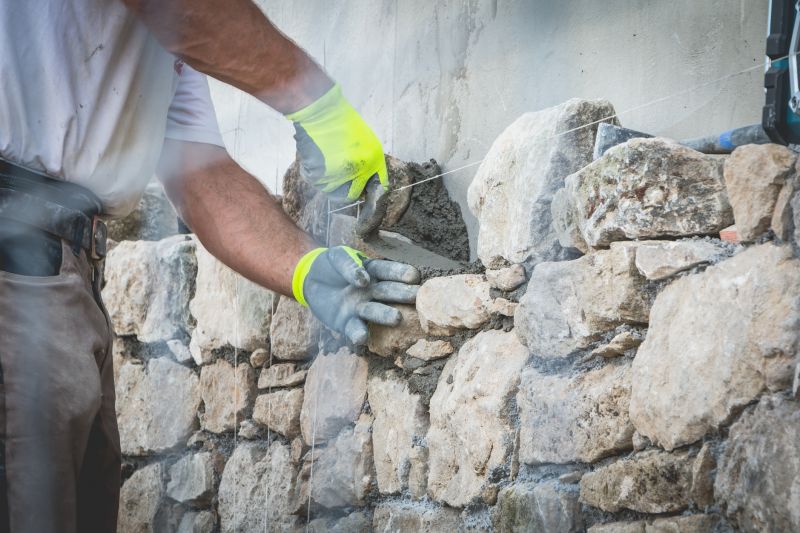
Summer provides longer daylight hours and warm weather, facilitating efficient masonry repairs and installations.
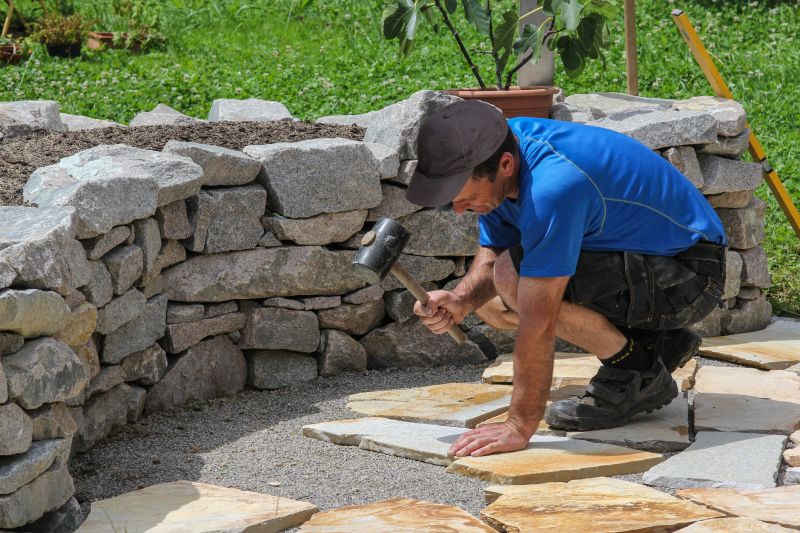
Fall is suitable for masonry work due to cooler temperatures and lower humidity, which help materials set properly.

Winter is generally less ideal because cold temperatures can hinder curing processes and lead to damage if not properly managed.
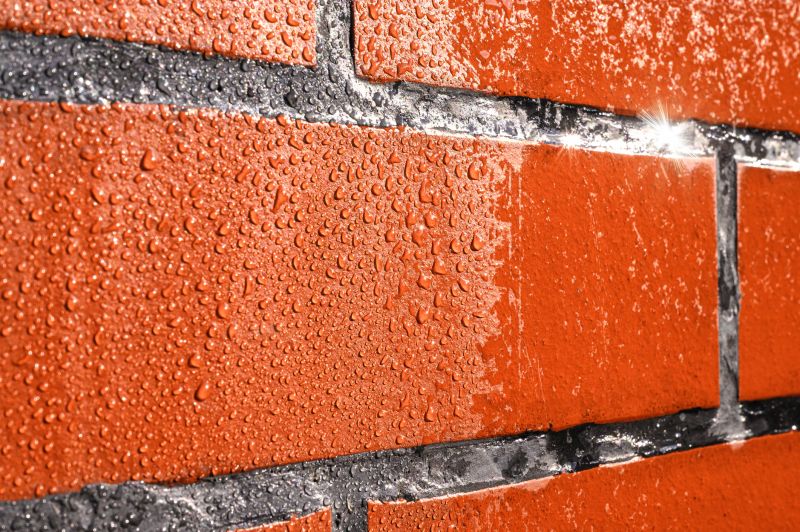
Ideal conditions include mild temperatures, low humidity, and minimal precipitation to ensure proper curing and durability.

Weather fluctuations can affect masonry quality; planning projects during stable weather periods is recommended.
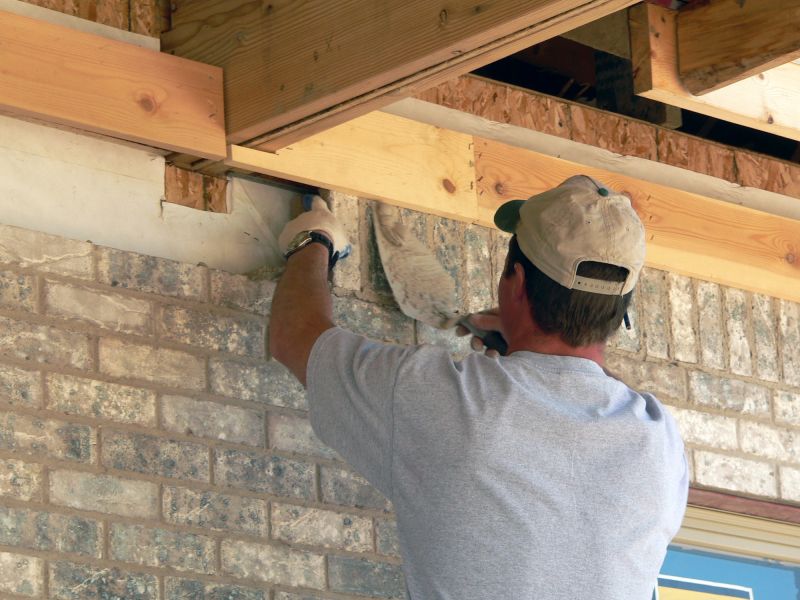
Ways to make Masonry Service work in tight or awkward layouts.

Popular materials for Masonry Service and why they hold up over time.
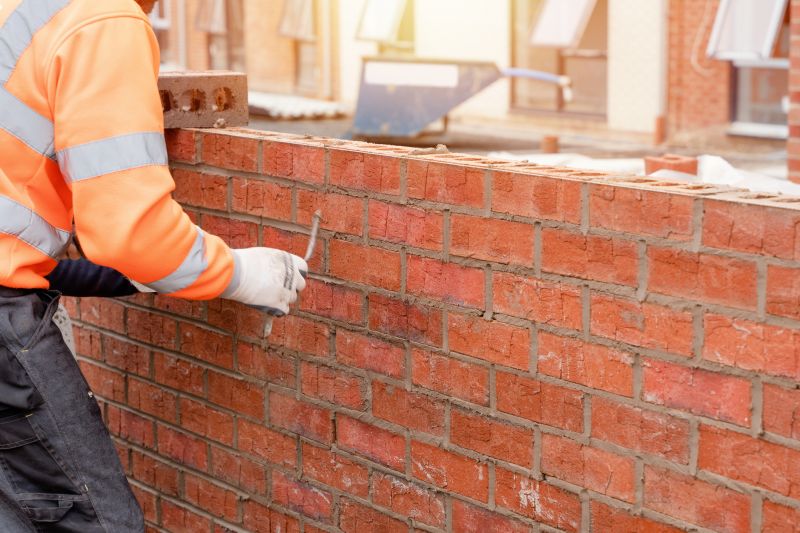
Simple add-ons that improve Masonry Service without blowing the budget.
Masonry service involves the construction, repair, and restoration of structures using materials such as brick, stone, and concrete. Proper timing ensures that materials cure correctly and that the work withstands local weather conditions. Seasonal planning can extend the lifespan of masonry structures and reduce the need for frequent repairs.
Statistics indicate that projects scheduled during favorable weather conditions experience fewer delays and higher quality results. For instance, masonry work performed in spring and fall benefits from moderate temperatures that promote optimal curing. Conversely, winter projects often face challenges like frost damage, which can compromise structural integrity.

Restoring historic masonry requires careful timing to prevent damage from weather extremes.
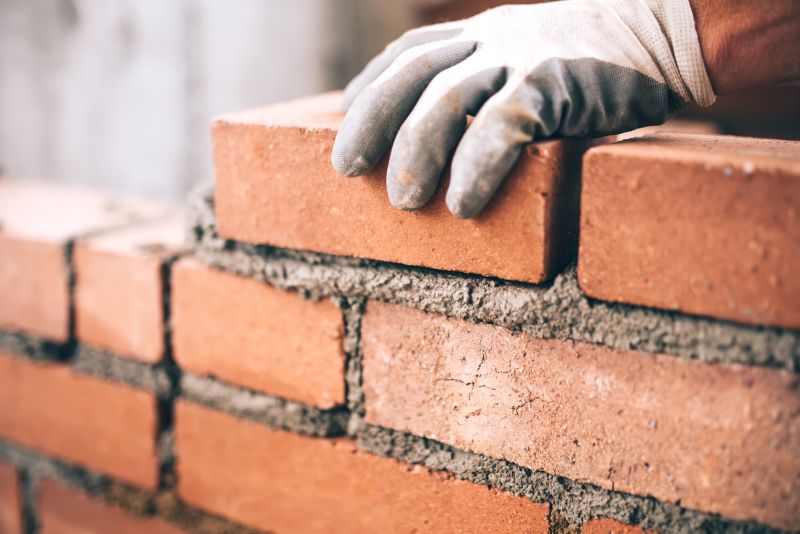
Scheduling bricklaying during mild weather ensures proper adhesion and long-term stability.
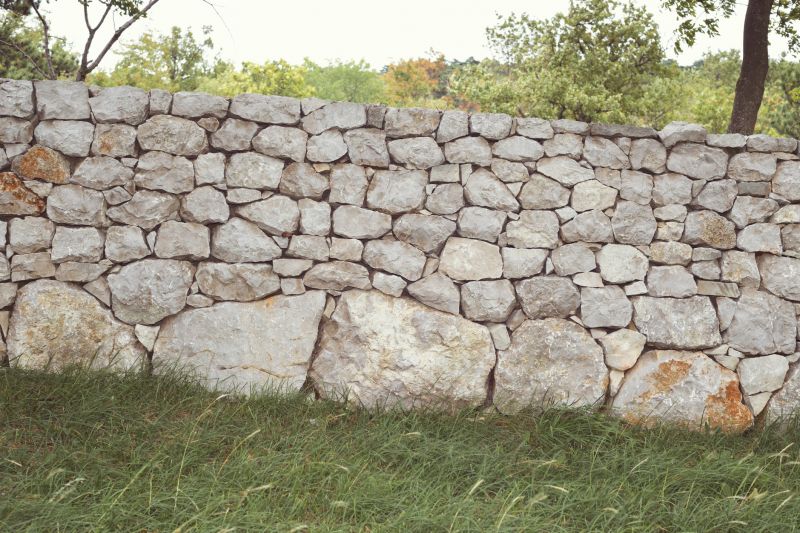
Optimal conditions help achieve precise stone fitting and durability.
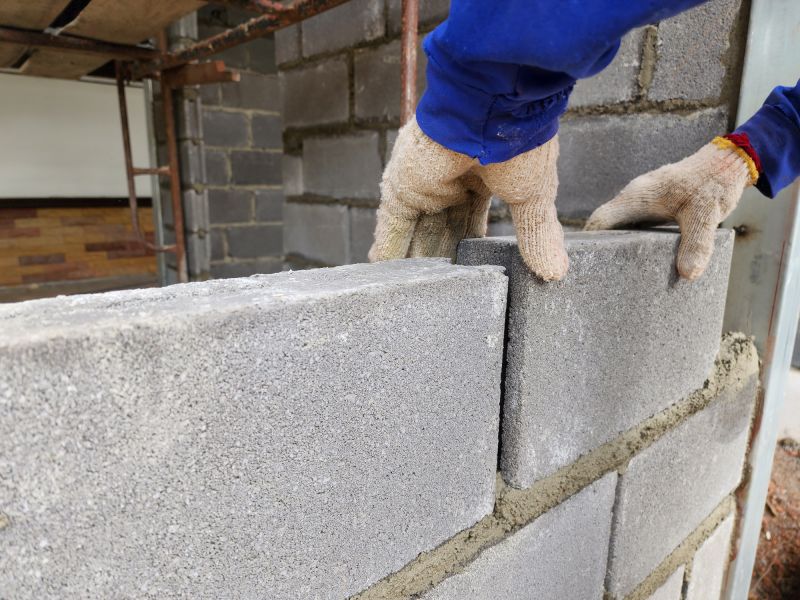
Concrete work benefits from warm, dry conditions for curing and strength development.
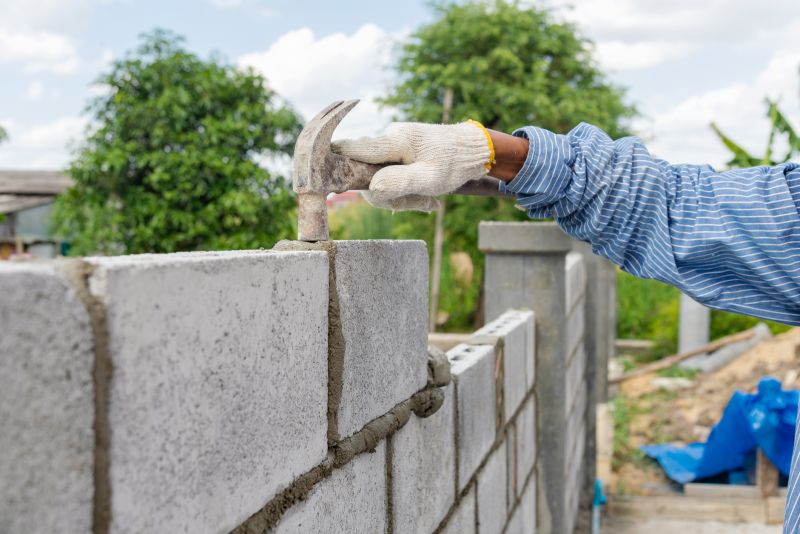
Repairs should be planned during seasons with minimal rain and temperature fluctuations.
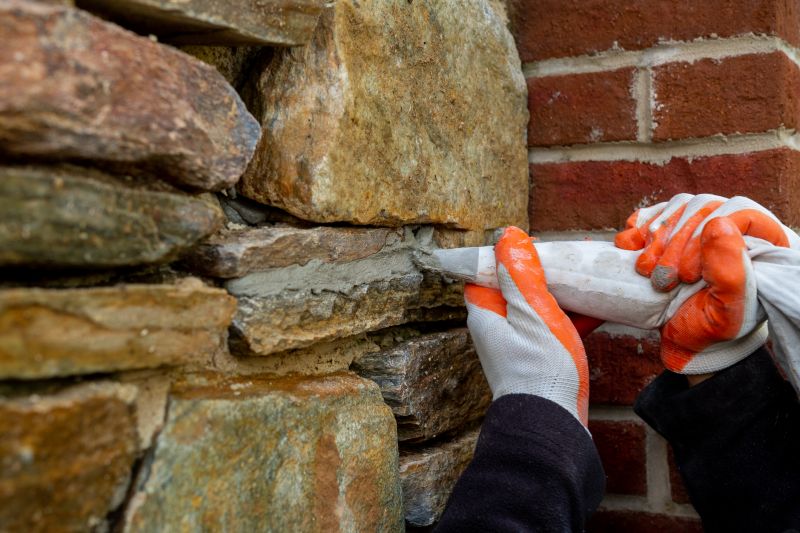
Sealants are most effective when applied during dry, mild weather.
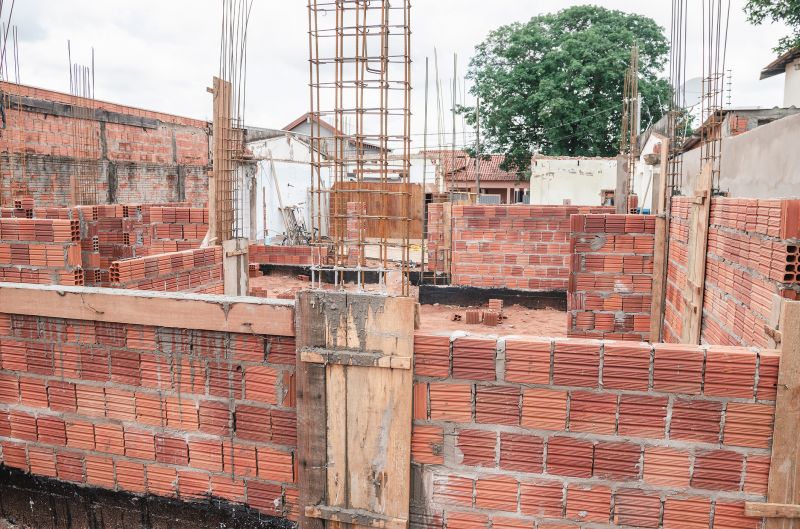
Timing structural projects carefully reduces risks associated with weather-related damage.

Custom features require precise installation, best scheduled during stable weather periods.
| Season | Best Practices |
|---|---|
| Spring | Ideal for new construction and restoration projects due to moderate temperatures. |
| Summer | Suitable for large-scale projects; ensure protection from heat and sun. |
| Fall | Excellent for finishing work; low humidity prevents issues. |
| Winter | Generally discouraged; if necessary, use heated enclosures and proper curing methods. |
| General | Choose timing based on weather forecasts to minimize delays and damage. |
Proper scheduling of masonry services according to seasonal conditions can significantly impact the durability and appearance of the finished work. Planning around weather patterns and temperature fluctuations ensures materials set correctly and structures remain stable over time.
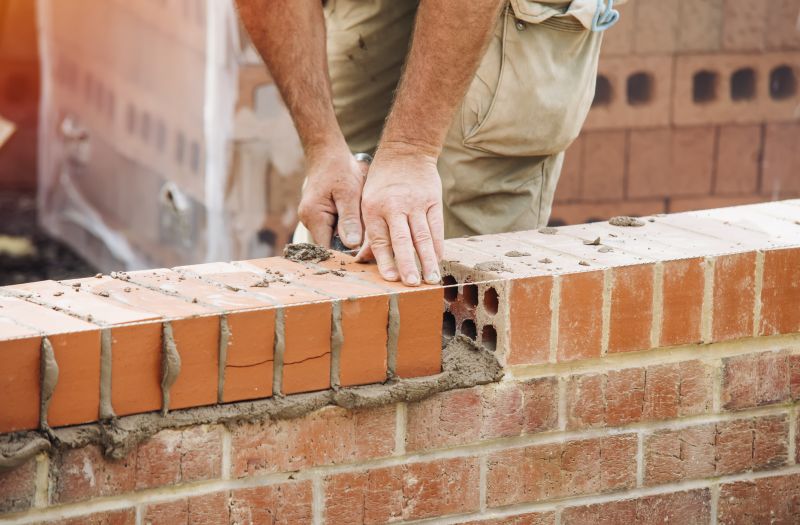
Showcasing masonry projects during optimal weather conditions.

Visual representation of scheduling masonry work across seasons.
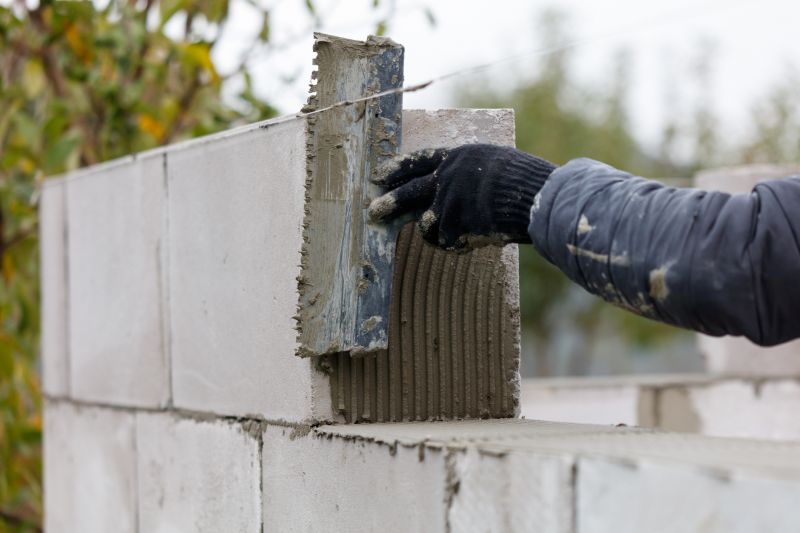
Examples of durable masonry work completed during the right season.
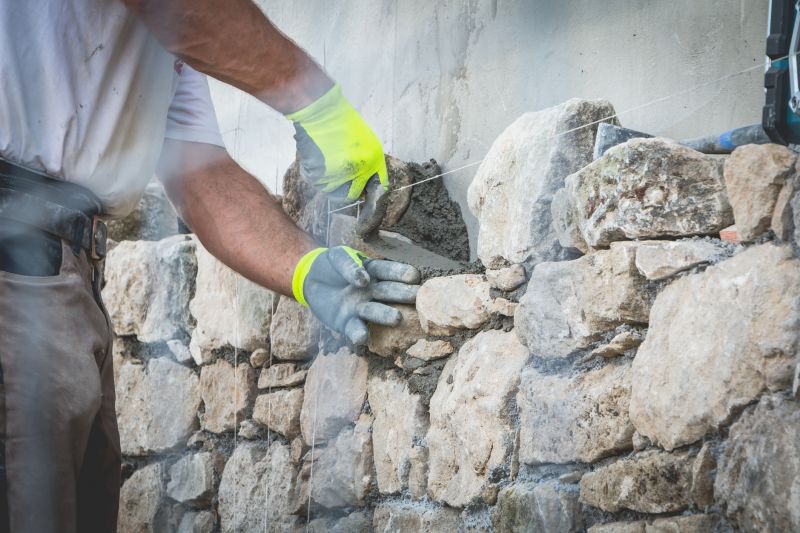
Masonry designed to withstand weather variations when installed properly.
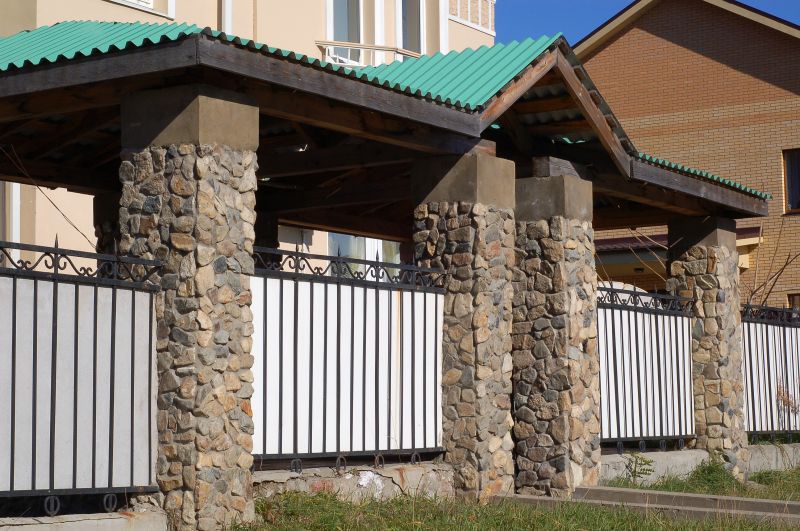
High-end options that actually feel worth it for Masonry Service.

Finishes and colors that play nicely with Masonry Service.

Little measurements that prevent headaches on Masonry Service day.
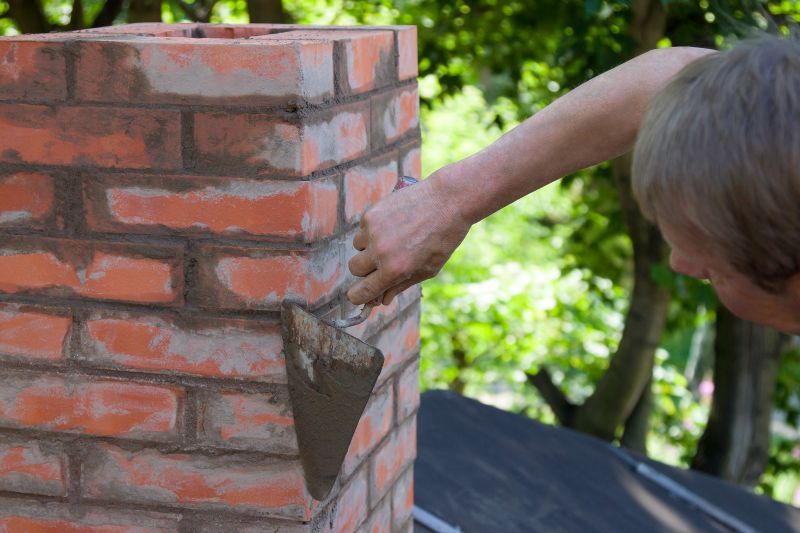
A 60-second routine that keeps Masonry Service looking new.
Interested in scheduling masonry work? Filling out the contact form can help determine the best timing for specific projects and ensure optimal results.
A frequent mistake in Masonry Service and how to dodge it.
Small tweaks to make Masonry Service safer and easier to use.
Lower-waste or water-saving choices for Masonry Service.

